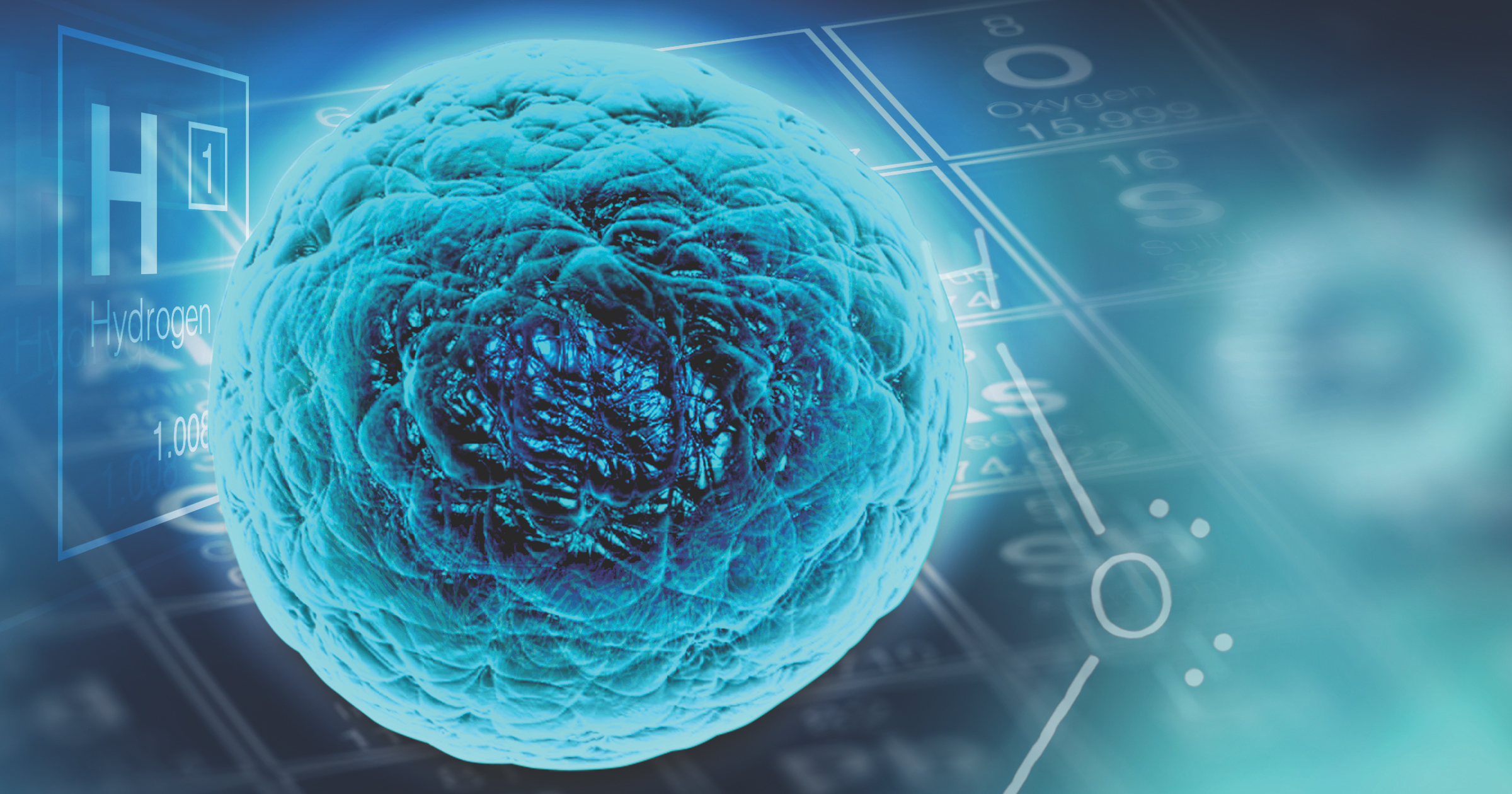 Intelligent Design
Intelligent Design
Atomic Miracles: On Denton’s Latest

Michael Denton has been a perennial thorn in evolution’s side. As Evolution News readers will know, The Miracle of the Cell is the latest in his successful Privileged Species series. The book deals another decisive blow to the fashionable idea that you are an accident.
Paleontologist George Gaylord Simpson once declared that “man is the result of a purposeless and natural process that did not have him in mind.” That’s the received wisdom of evolutionary theory. Almost all of academia agrees.
Denton, a microbiologist from Australia, does not wade directly into the current debate over evolution. He doesn’t specifically address Simpson’s claim either. He doesn’t need to. Instead, in The Miracle of the Cell he concentrates on one example of fine-tuning after another. He shows persuasively that Simpson’s pronouncement was quite premature. In fact, it’s at odds with the best scientific evidence.
Biologists may have once held simplistic notions about the origin of life, back in the heady days following the iconic Miller-Urey experiment. They may have thought they were on the right track toward explaining life when the double helix was discovered in the 1950s. It might have seemed that the cell was simple enough to explain by a few accidents here and a handful of lucky chemical reactions there. Research since then has put that false hope to rest.
The Continuing Crisis
Denton’s most famous work was his 1985 book Evolution: A Theory in Crisis. It was both a thunderous wake-up call and an effective rallying cry. Denton inspired countless readers with both the courage and the tools to question naturalistic evolution. The late Philip Johnson, credited by many as the founding leader of the Intelligent Design movement, was one of them. So was biochemist Michael Behe.
Denton followed that in 1998 with Nature’s Destiny: How the Laws of Biology Reveal Purpose in the Universe. In it he explored the fine-tuning in physics and chemistry, and challenged the standard ideas of unguided natural selection.
The Miracle of the Cell is the fourth book in a series addressing the uncanny coincidences that make life possible. Denton has previously looked at surprises in humans’ ability to harness fire. He’s explored the astonishing characteristics of water. He’s shown how sunlight has properties that work amazingly with our atmosphere to enable life as we know it.
The Miracle of the Cell brings the fitness argument closer to home: the very cells making up the organisms on our fair planet, including you and me.
The Atomic World
Many have written about the universe and the fine-tuning of the laws of physics and chemistry, including Denton. Many have also written about molecular machines and cellular systems. Biology displays a wondrous, irreducible complexity — and it points inexorably toward design.
Fewer, though, have written of the fantastic world of atoms and elements, and the unexpected ways their properties enable life. These basic building blocks of chemistry are uniquely suited to the cell’s needs. Denton invites us down into the fundamental depths of the cell, into the tiniest parts of the molecular machines that make cells what they uniquely are.
Carbon has exactly the properties needed to allow life’s chemistry to work. Water is amazingly designed as the matrix in which life can happen. Even the way atoms bond is fine-tuned for life. With examples like these, Denton takes us on a journey of discovery at the most basic level. Although I am not new to the field, as I read I kept exclaiming “What?!” and “Are you kidding me?!”
Tomorrow I will detail just one remarkable example from the book.
Editor’s note: This article was previously published at The Stream. It is republished here with permission from the author.
